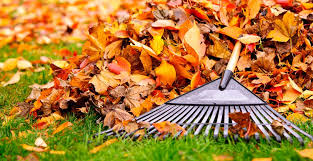[et_pb_section admin_label=”section”][et_pb_row admin_label=”row”][et_pb_column type=”4_4″][et_pb_text admin_label=”Text”]
With autumn finally upon us and winter rapidly approaching, you’re probably not spending much time thinking about your lawn or garden. But autumn, with its cooler temperatures and occasional rainfall, is the ideal time to prepare your lawn and landscape for next spring.
If you are like me, you have watered, fertilized, cut, edged and finally reveled in the glory that is “your lawn”. You take pride in yourself and your dedication like a professional groundskeeper at the top Major League stadium. You see a weed and you immediately jump into action before your garden foe spreads throughout the yard. You are a gardener! While you may think much of your work may be complete, now is the time to assure that next year’s lawn is ever better than your field of dreams for 2014.
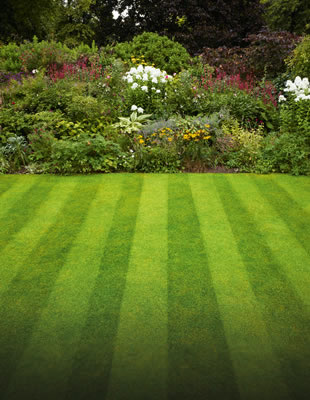
Many homeowners think lawns need less care in the fall because the grass grows more slowly. In fact, just the opposite is true. During this time of year, grass is busily absorbing energy, moisture, and nutrients in preparation for a long, dormant winter. Give it a little attention now, and you’ll be rewarded with a lush, healthy spring lawn. Here are a few tips for success.
Keep on Mowing
Continue to water and mow your lawn, as needed, throughout the fall. Then as the season draws to a close, drop the mower’s blade to its lowest setting for the last two cuttings of the year. This will allow more sunlight to reach the crown of the grass, and there will be less leaf to turn brown during the winter.
Aerate the Soil
Fall is also an ideal time to aerate your lawn so that oxygen, water, and fertilizer can easily reach the grass’s roots. You can rent a gas-powered, walk-behind lawn aerator for about $70 per day. The self-propelled machine will quickly punch holes into the soil and extract plugs of dirt. If you’ve got a very large yard or just and don’t feel like aerating it yourself, hire a landscaping contractor.
Rake the Leaves
I know raking leaves is no one’s idea of fun, but it’s important to remove leaves from your lawn as soon as possible. Don’t wait until all the leaves have fallen from the trees to start raking. If you do, the leaves will become wet from rain and morning dew, stick together, and form an impenetrable mat that if left unmoved will suffocate the grass and potentially breed diseases.

If you prefer power tolls versus a rake, why not do what I do and start up the lawnmower and clear the yard in a fraction of the time!
Fertilize for Future Growth
Most lawn experts agree that if you fertilize your lawn only once a year, do it in the fall. The reason? Grass leaves grow much more slowly as the weather turns cool, but the grass roots and rhizomes continue to grow quickly. (Rhizomes are the horizontal plant stems that lie just beneath the soil’s surface; they produce the blades of grass above and the roots below.) A fall application of fertilizer delivers essential nutrients for the grass to grow deep roots now and to keep nutrients on reserve for a healthy start next spring.
So not that we have taken care of the lawn, let’s briefly turn our attention to the garden. Some gardeners assume that when fall arrives and kids return to school, they’ll have less time to garden, however cooler temperatures can actually make gardening easier and more enjoyable. Many of fall’s best-producing vegetables are also colorful, making them great additions to flower beds and containers.
If you loved summer gardening, you can keep your garden growing right through fall. Here’s how to make the most of fall season gardening:
Size up the soil
Most vegetable plants require full sun for six or more hours a day, and because fall provides a bit less sunlight than summer, you may need to relocate your plot to make the most of shorter days. If moving your garden isn’t an option, you can still take full advantage of sunshine by planting veggies in containers or by creating a raised bed in a sunny spot.
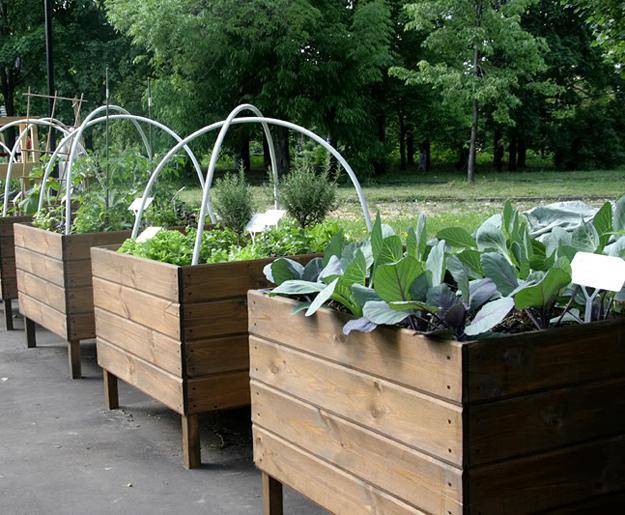
Be prepared for frost. Keep materials on hand to protect plants when frost threatens, such as floating row cover, a cold frame or a cloche. On frosty, cold nights, move container plants to a protected spot.
Pick your plants
While crops like strawberries and tomatoes have faded to sweet summer memories, many plants thrive in fall. To ensure a successful harvest, it’s important to pick the right plants and give yourself a jump start by using transplants, rather than starting off with seeds. One must is to choose hardy crops that can withstand light frost and temperatures as low as 25 degrees Fahrenheit.
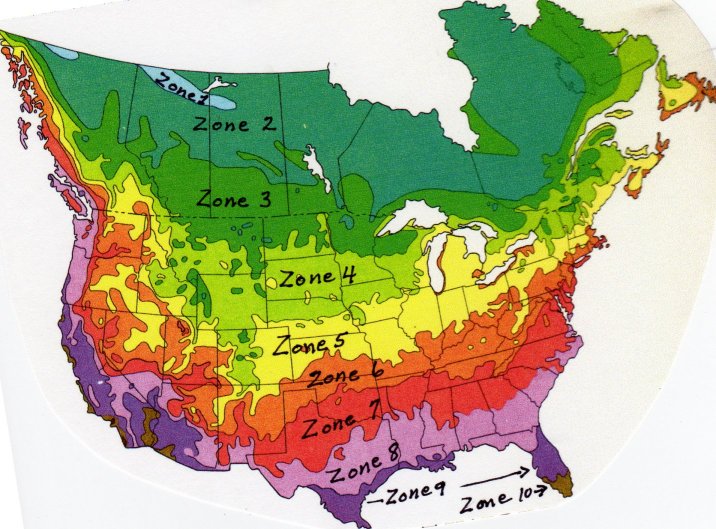
* Broccoli – This versatile veggie is packed with vitamins K, C and A, and is a good source of folate.
* Cabbage – A staple of Oktoberfest celebrations across the country, cabbage comes in several varieties, all of which are high in beta-carotene, vitamins C and K and fiber.
* Kale – A prolific producer, kale thrives in fall gardens and is a good source of vitamins A, C, K and B6, as well as manganese.
* Leeks – Leeks are frost-tolerant in all but the coldest planting zones.
* Spinach – This nutrient-rich green does as well in fall’s cooler temperatures as it does in summer heat. Spinach will continue to produce throughout the season, providing a tasty source of vitamins A, C, K and E, as well as the minerals iron, potassium and magnesium.
The end of summer doesn’t have to herald the end of your garden harvest and enjoyment, or a return to the grocery store produce aisle. With the right fall crops, you can achieve a satisfying, healthful harvest throughout the fall.
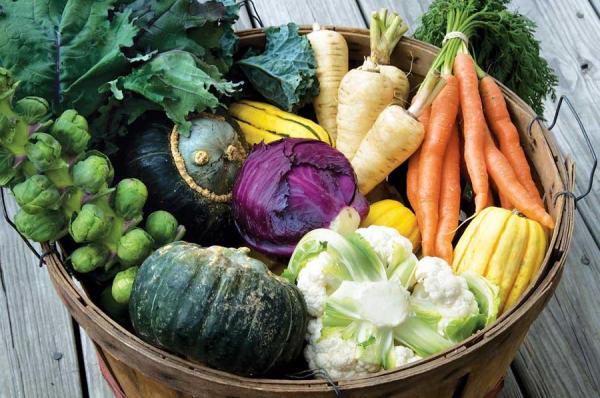
[/et_pb_text][/et_pb_column][/et_pb_row][/et_pb_section]


